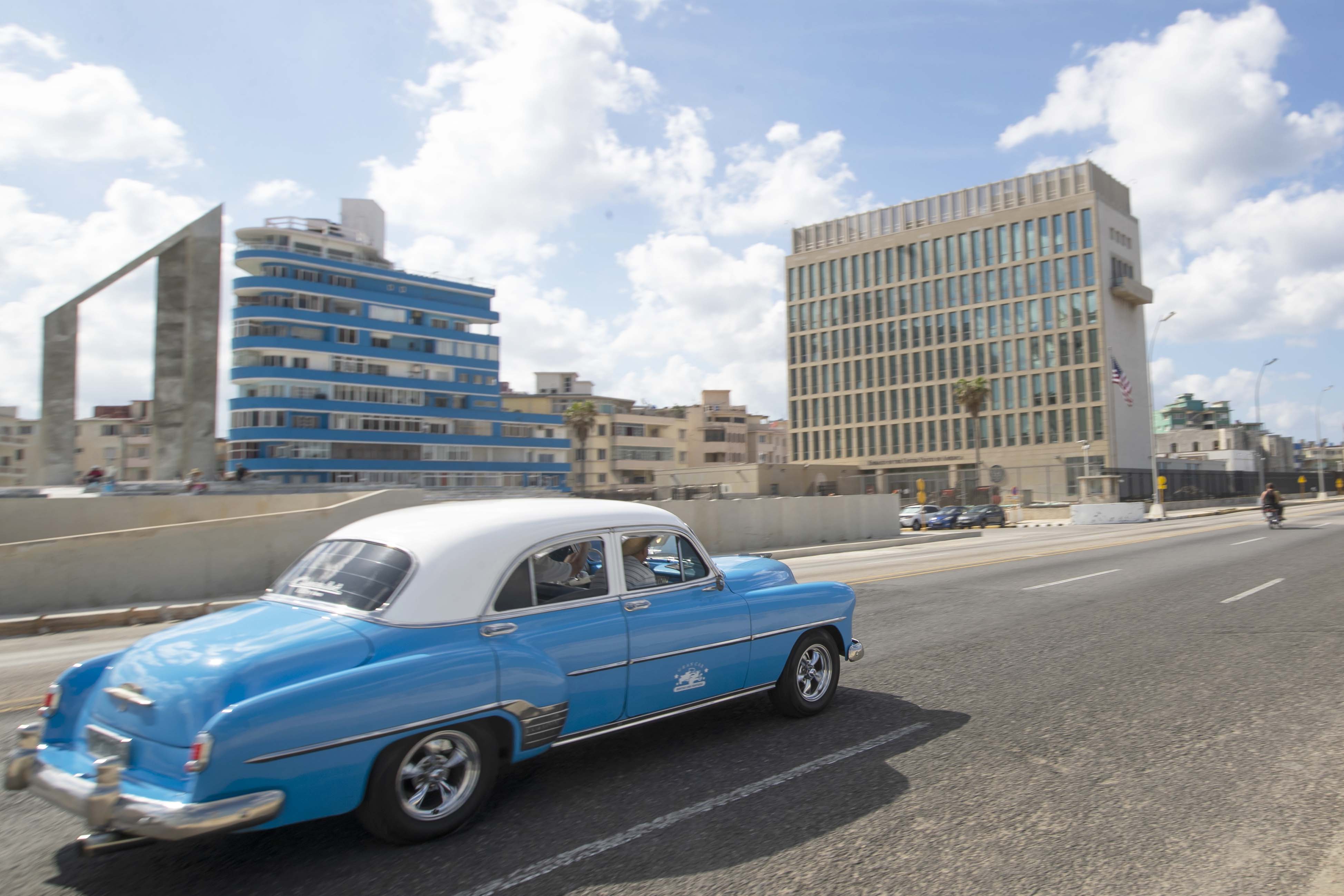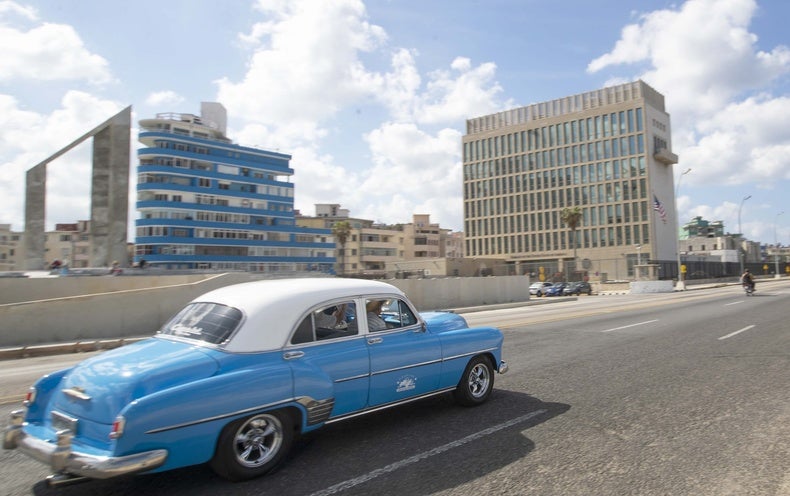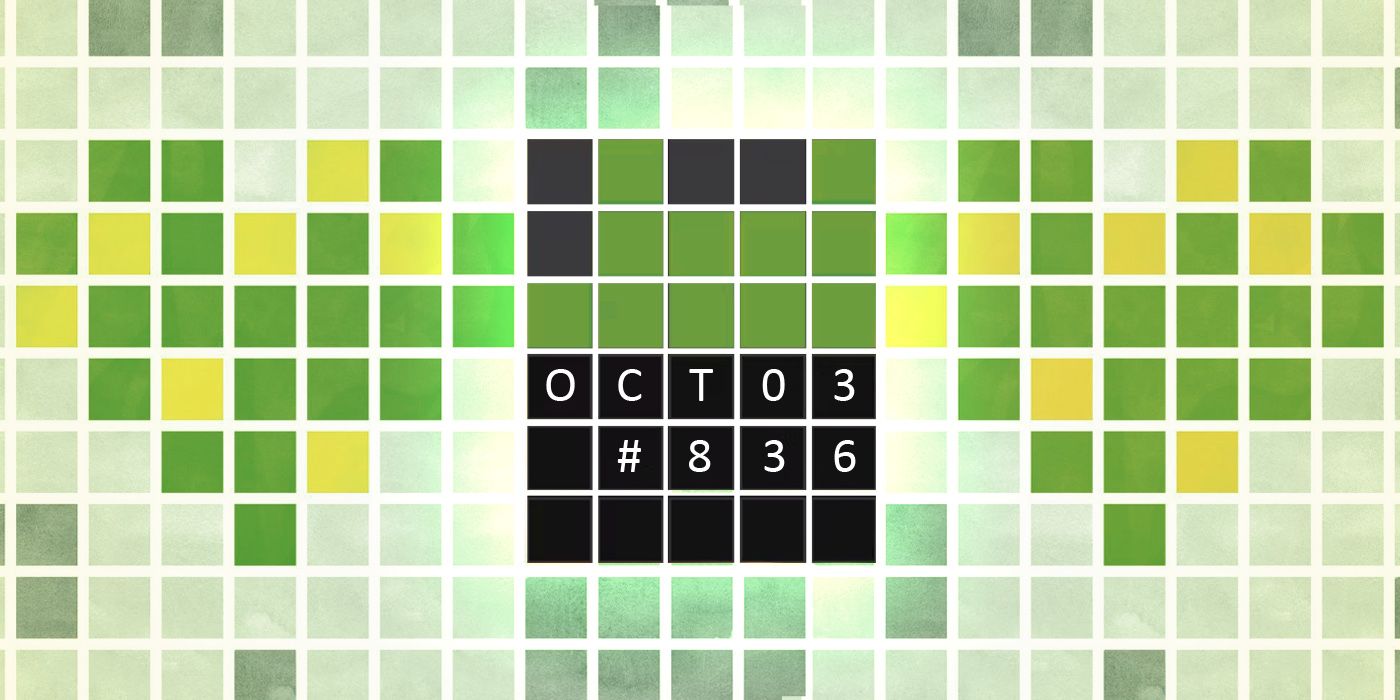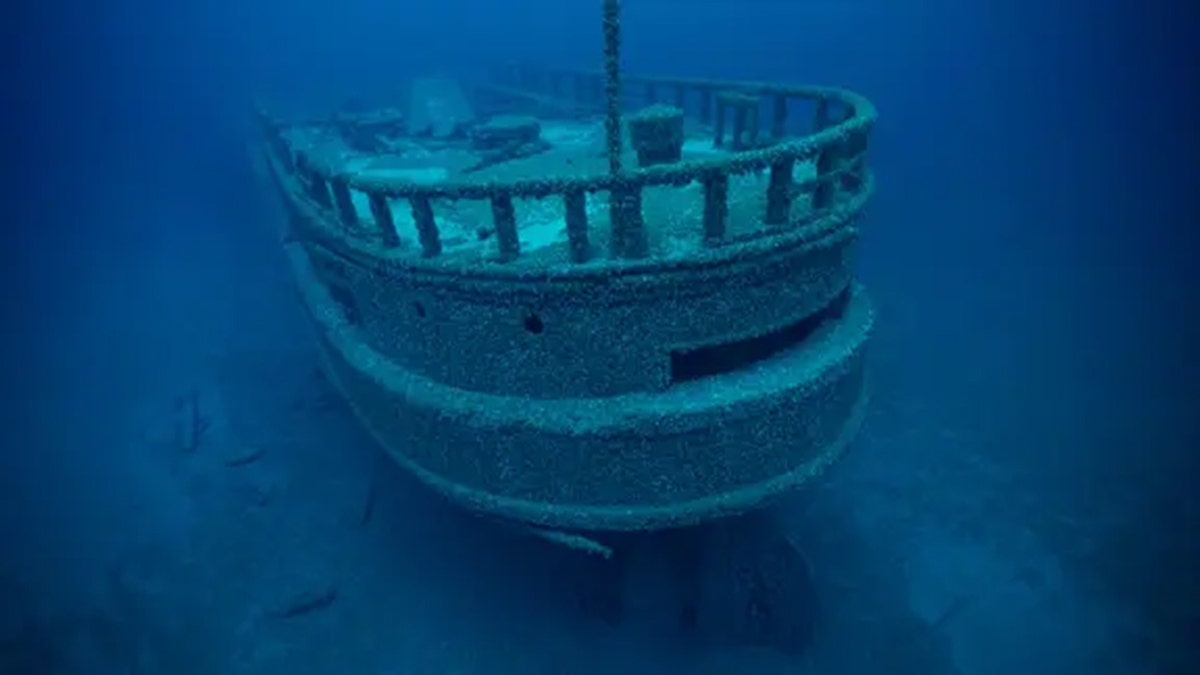
In 2016, U.S. diplomats began suffering from a bewildering collection of neurological symptoms, officially known as “anomalous health incidents” (AHIs) and widely branded as “Havana syndrome.” First reported in Cuba but later spread to U.S. diplomatic missions worldwide, their most common explanation was that medical science now faced a new disease produced by “directed energy” weapons wielded by unidentified enemies. The story was eagerly embraced in news reports and by some U.S. government officials, but met with skepticism from many scientists, a standoff that went on for years.
On March 1, however, seven U.S. intelligence agencies released an updated AHI assessment, which essentially rejected the idea that these ailments resulted from attacks by foreign adversaries or were caused by directed energy weapons. The assessment also negated the notion that AHIs are the expression of a single identifiable syndrome, a criticism made by several researchers when the syndrome was first proclaimed. These conclusions came after medical review of more than 1,000 cases, extensive inquiries, surveillance, laboratory reports and the appraisal of diverse sources of information, according to the U.S. Office of the Director of National Intelligence. One can only imagine the resources mobilized to thoroughly assess these real—but baffling—health complaints.
The Havana syndrome saga is an epic failure of science, one with severe consequences both for patients and for international relations, which reveals how medical evidence warps under political pressure. It is troublesome that a scientifically unreliable narrative about the AHI survived for almost seven years. Beyond misinforming the public, its story distorted U.S. policy decisions and, most important, deepened patients’ suffering, which it cannot be said enough, is very real. Could you avoid anxiety and despair if authorities told you that your sickness was the result of an attack with a mysterious weapon that causes an unknown disease? What failures in the scientific process let this happen?
The first failure is itself mentioned in the recently released intelligence assessment. It is a well-known problem: confirmation bias, where people find just what they expect to find. Initial medical studies uncritically accepted that “the ailments were unlikely to be explained by natural or environmental factors.” They also presupposed that the symptoms reported established the existence of a genuine, novel condition akin to traumatic brain damage, only without an obvious injury. In other words, “attacks” with some weapons were taken as the starting point, and the medical results were interpreted accordingly. The intelligence assessment also recognized that “a combination of medical and academic critiques pointed to methodological limitations,” in those first studies. Current medical research offers a different interpretation, according to the assessment, in which environmental factors (such as stress) and preexisting medical conditions play an essential role in the symptoms.
The second failure was dismissing opinions and evidence that did not fit the original narrative. Starting in 2018, JAMA published two flawed articles proposing this new brain disorder. These initial medical reports, and the energy weapon idea, were met with skepticism and objections by many scientists. Severe mistakes in the analyses of the neuropsychological and neuroimaging data were evident. These arguments were essentially sidelined at U.S. Senate hearings, and by news outlets, which publicized the studies while downplaying the objections. Official U.S. government travel advisories uncritically endorsed (and had links to) one of these articles to scare visitors away from Cuba.
The U.S. National Academy of Sciences, Engineering and Medicine (NASEM) convened a panel of scientific experts in 2020 to assess AHIs comprehensively. The final panel report had at least two serious problems. First, it sidelined the arguments of scientists who considered an attack with directed energy weapons unrealistic. Second, it concluded that pulsed microwaves were the “most plausible” (readily confused with “most probable” in news accounts) explanation for the neurological symptoms, a conclusion which flew against the evidence carefully reviewed in the body of the report itself. The NASEM report discounted the reported neuroimaging findings, neuropsychological tests and most of the lab exams of U.S. diplomats used to claim existence of a new syndrome. Evidence for microwave weapons in AHI was nonexistent in the NASEM report. Some researchers who first explained a microwave effect cited in the report (who did not attend the panel) later disagreed that microwaves could explain the AHI. Furthermore, a careful and exhaustive review by the JASON group (a long-standing scientific advisory board to the U.S. government) had already concluded in 2018 that “directed energy sources” were an implausible cause of AHIs. This report was shelved by the U.S. State Department, the NASEM report sponsor, who did not share it with their panel and was only made public three years later.
A lack of scientific engagement was the third failure that allowed the erroneous interpretation of the AHI to thrive. Given that the first cases were reported in Havana, the Cuban Academy of Sciences (CAS) created an interdisciplinary expert panel that carefully canvassed all publicly available reports and community health surveys where they were thought to have occurred. Six members of this panel (including myself) met in Washington D.C. with medical officials of the State Department in September of 2018, but unfortunately, not with the staff who attended the affected diplomats. This exchange was conceived as the first of several encounters. In subsequent discussions, the Cuban academy was ignored despite its interest in collaborating with U.S. agencies. In contrast, CAS’s engagement with Canadian authorities and medical researchers studying reports of AHI in a few of their citizens was active and productive. It is interesting that the CAS report (published online in December 2021), despite different information sources and possibly different initial assumptions, agrees mainly with the U.S. intelligence assessment: energy weapons were unlikely; attacks by foreign agents were unlikely; and AHI was not an identifiable syndrome, but instead a collection of diverse medical conditions, some of them preexisting conditions. “Havana syndrome” in the final analysis, was a misnomer. It was neither a syndrome, nor from Havana.
We can all learn something from this story. The errors of confirmation bias (making data fit an unverified assumption), of sidelining inconvenient arguments and of a lack of engagement with all the interested parties can always happen again. Governments and science are both human enterprises, and it is human to err. A prejudiced intake of scientific input will result in misguided policy decisions that may hurt many people. Science tends to self-correct, but it needs safeguarding, especially when it doesn’t give us the answers we want.


























































